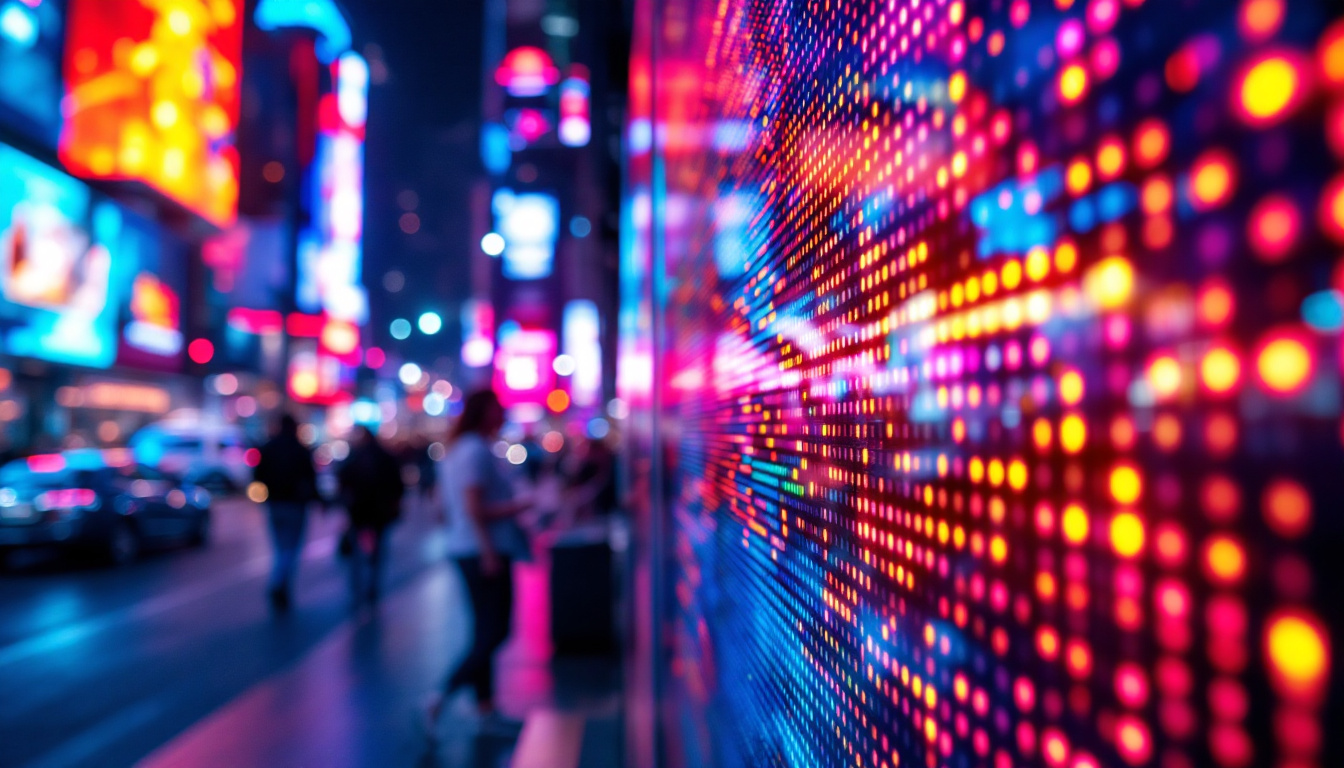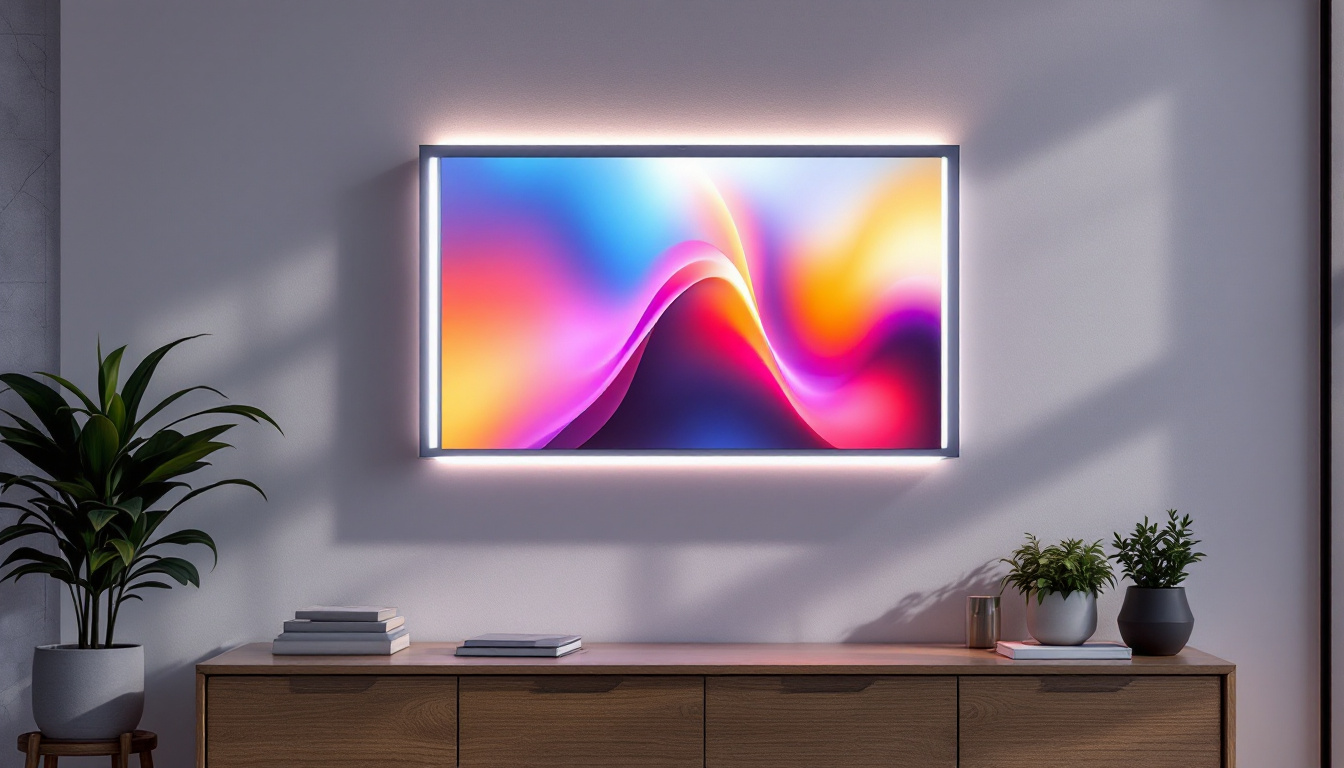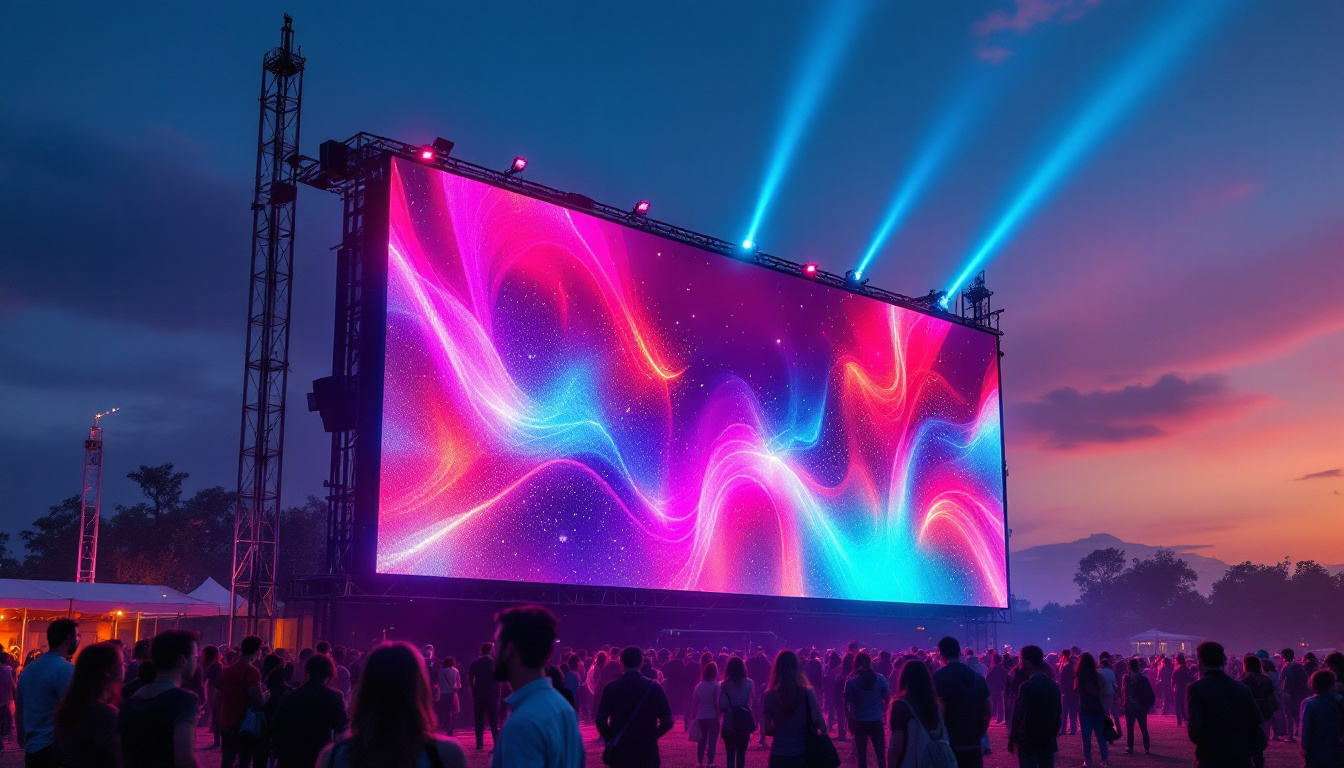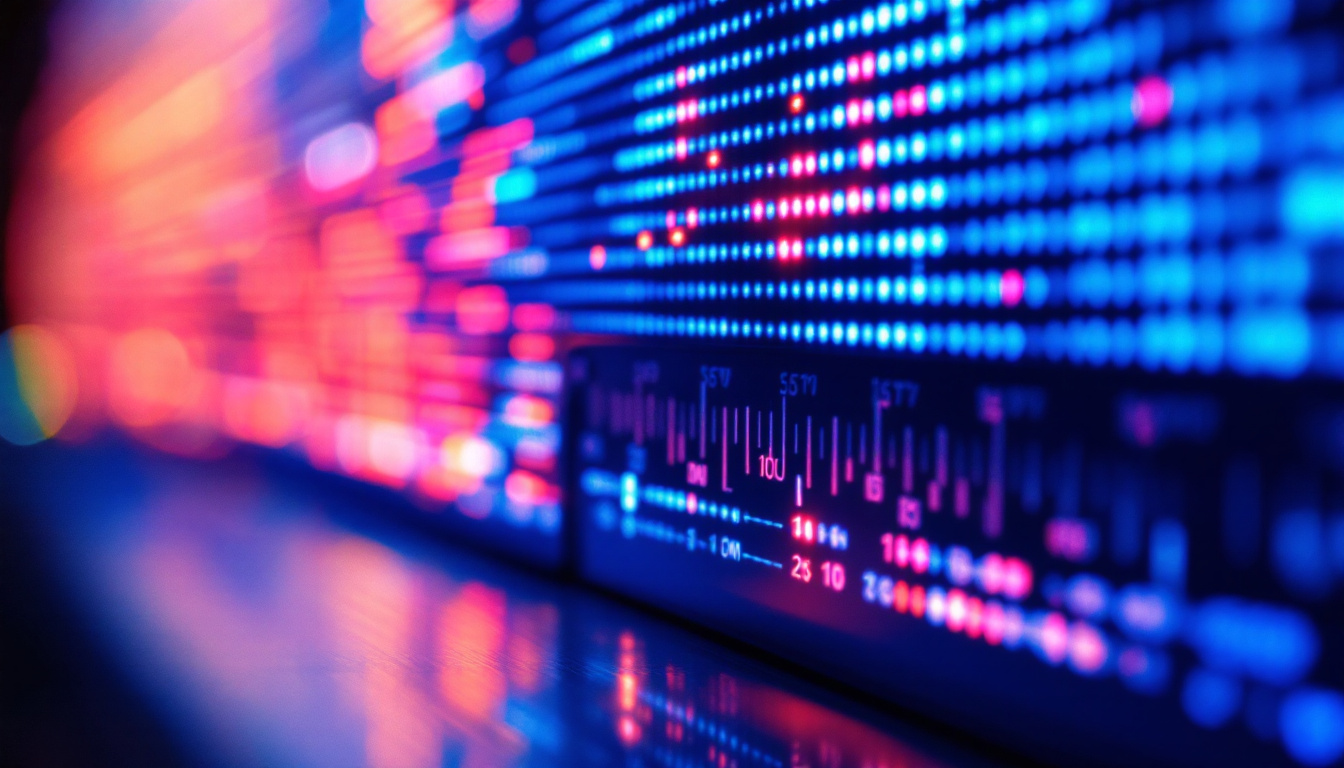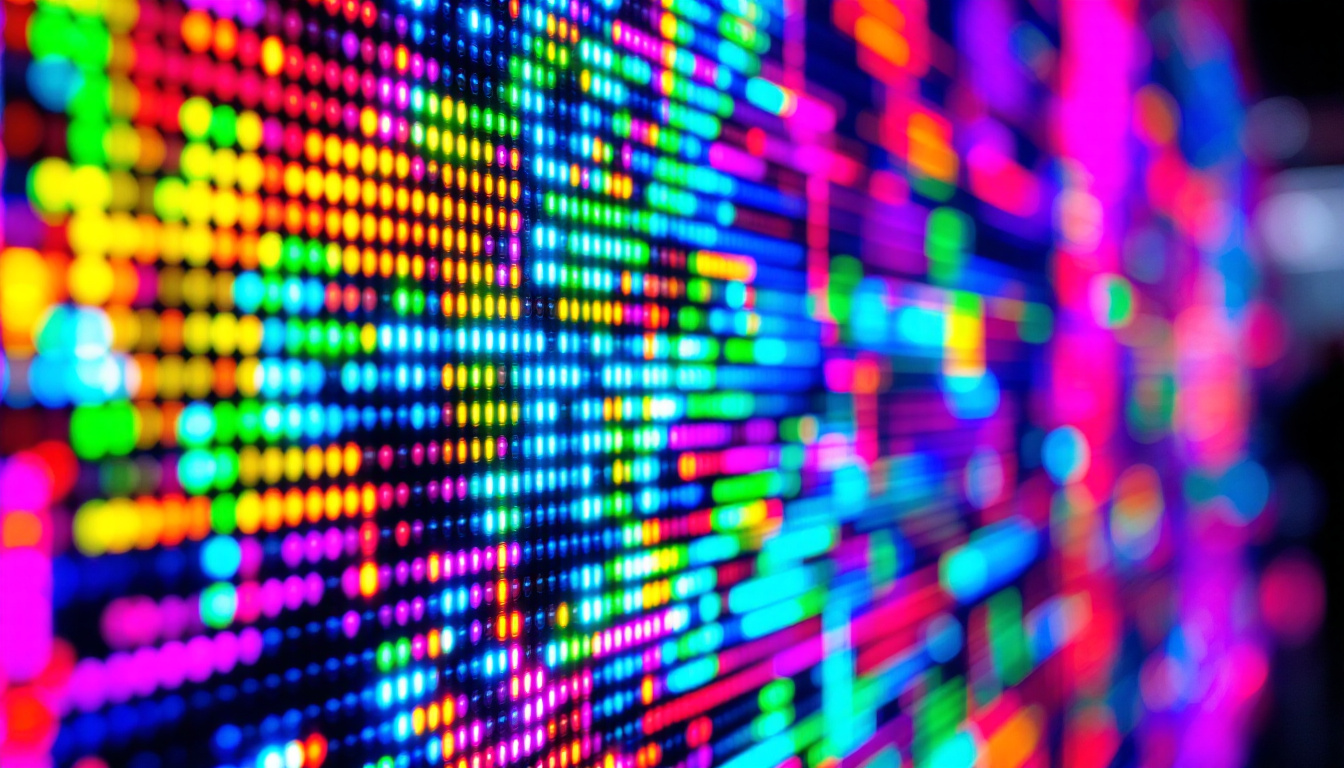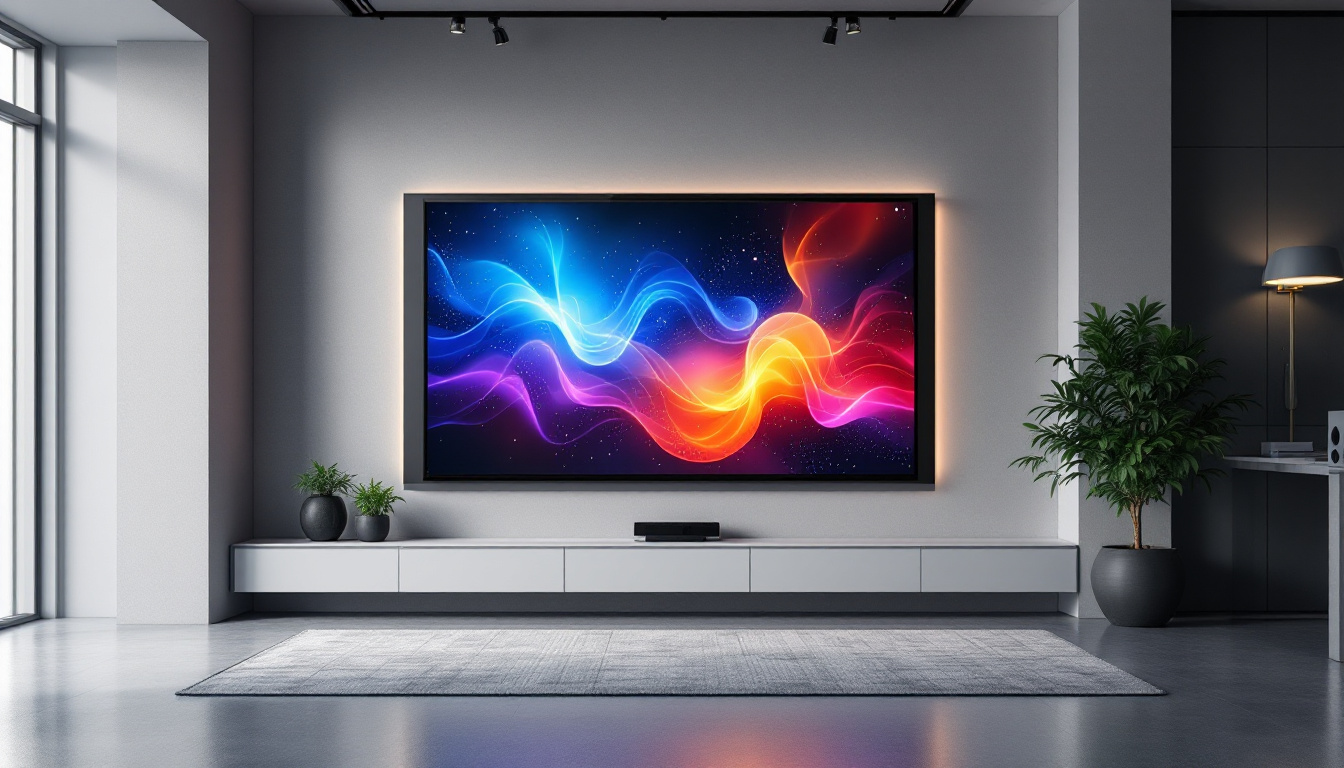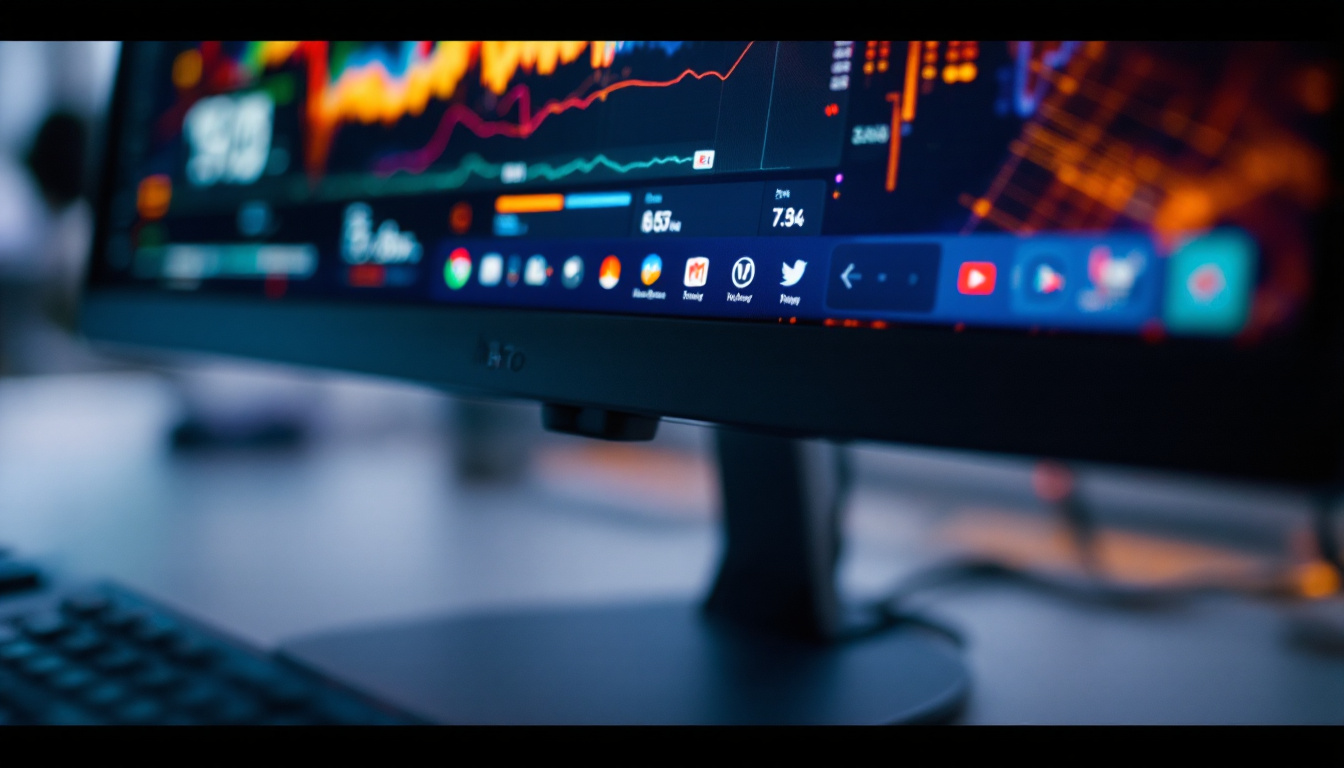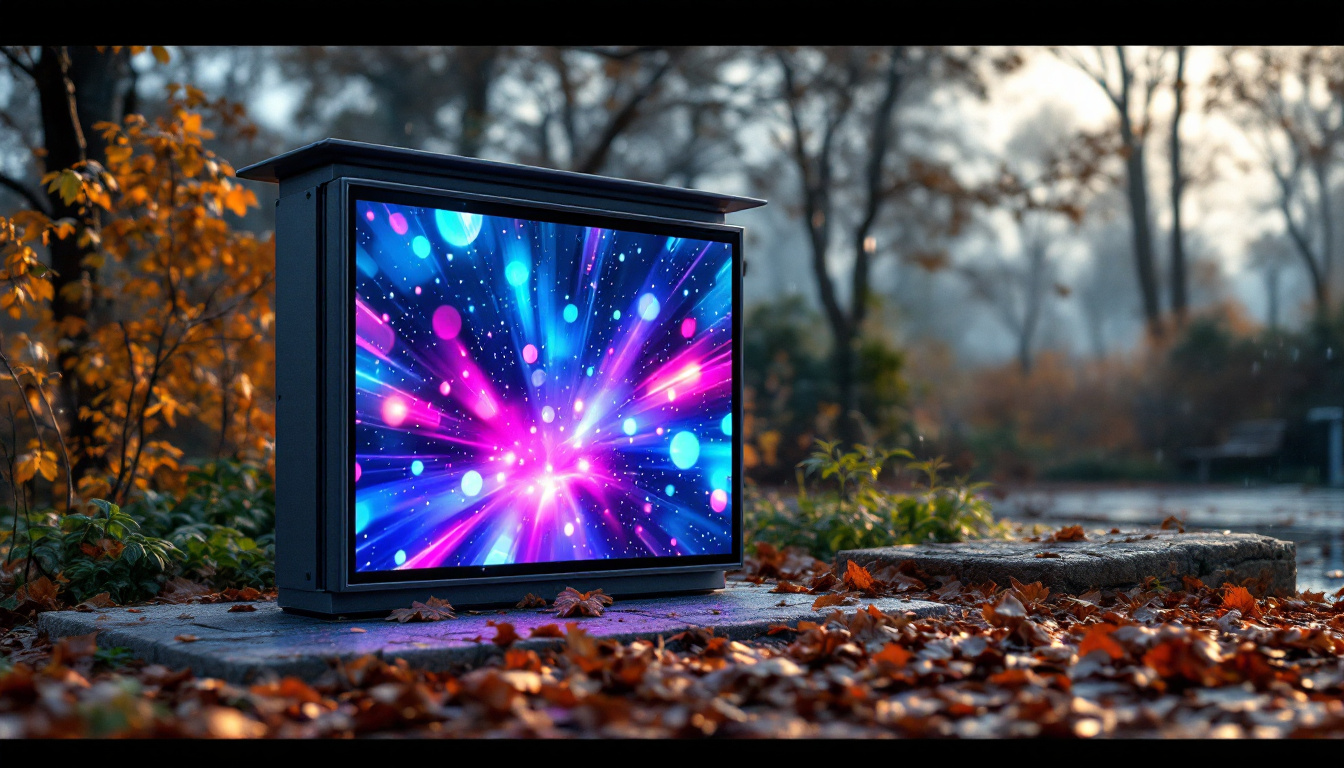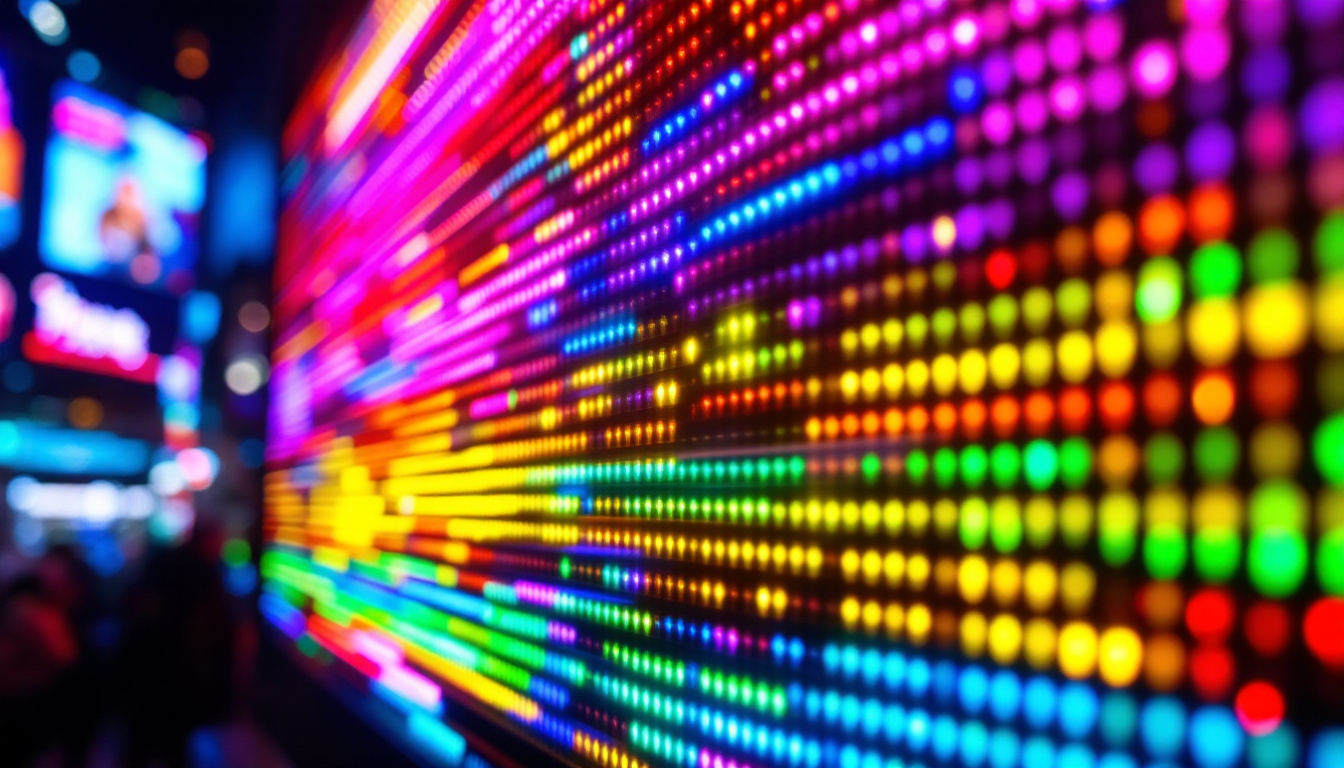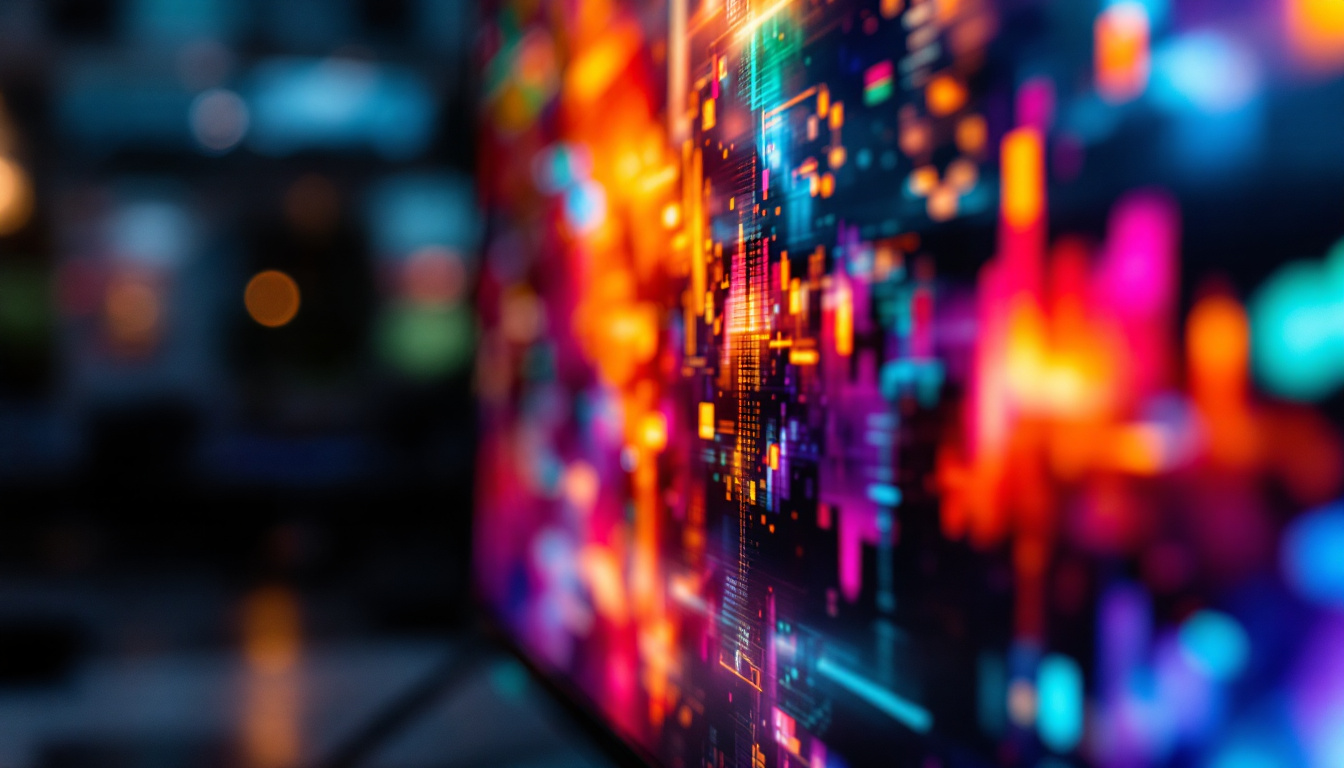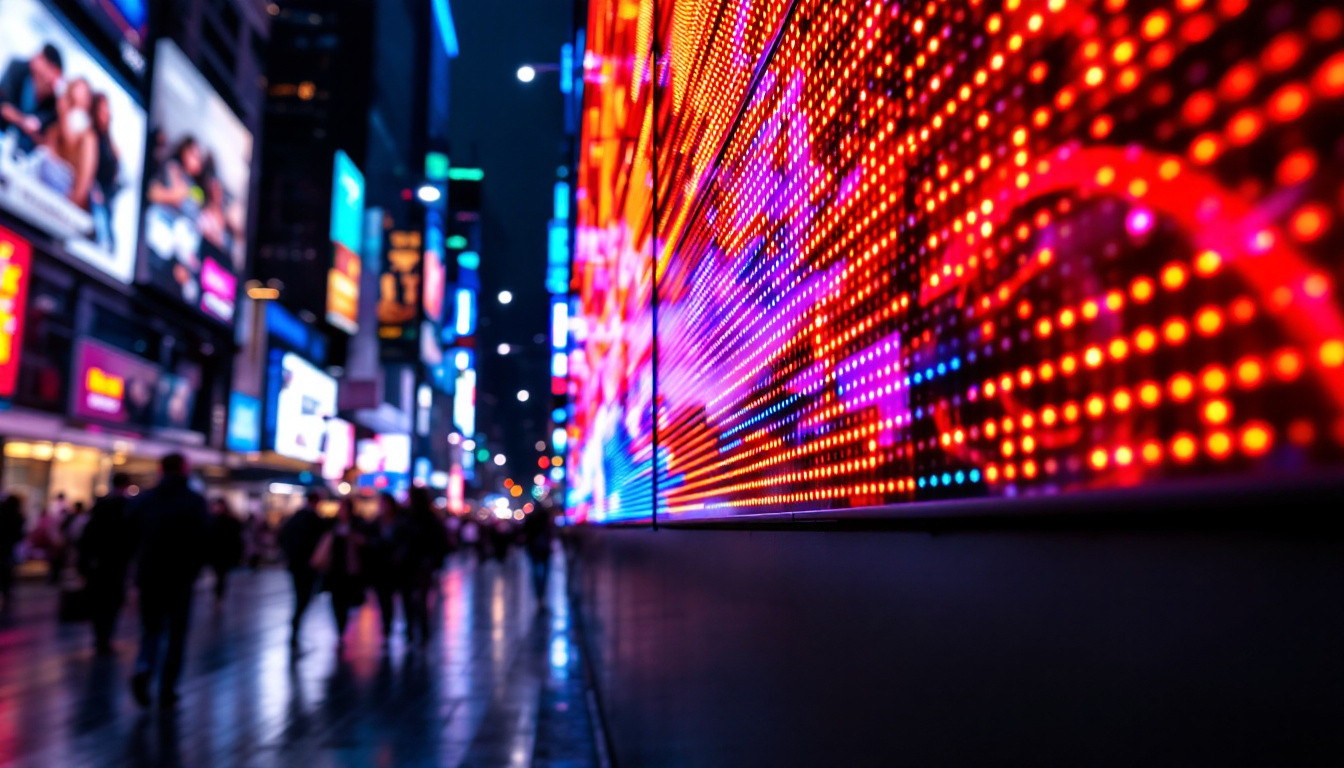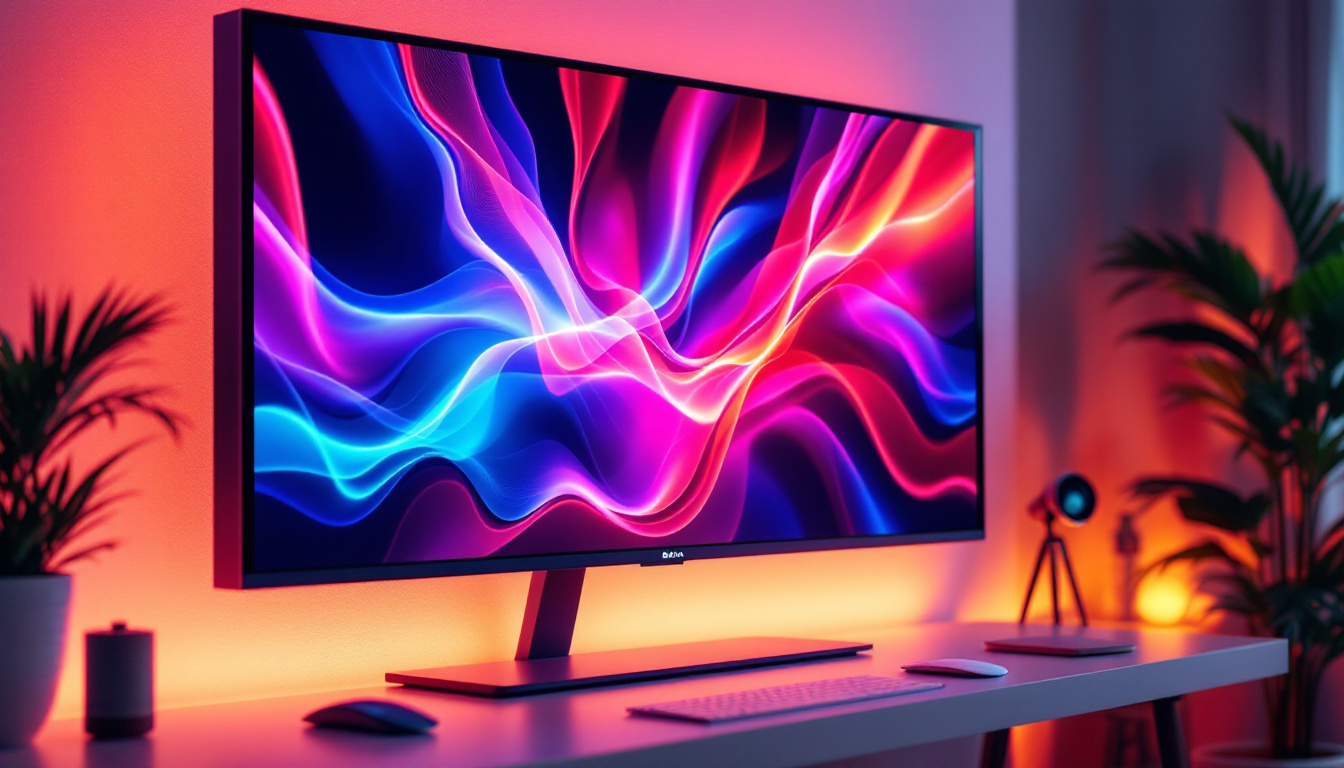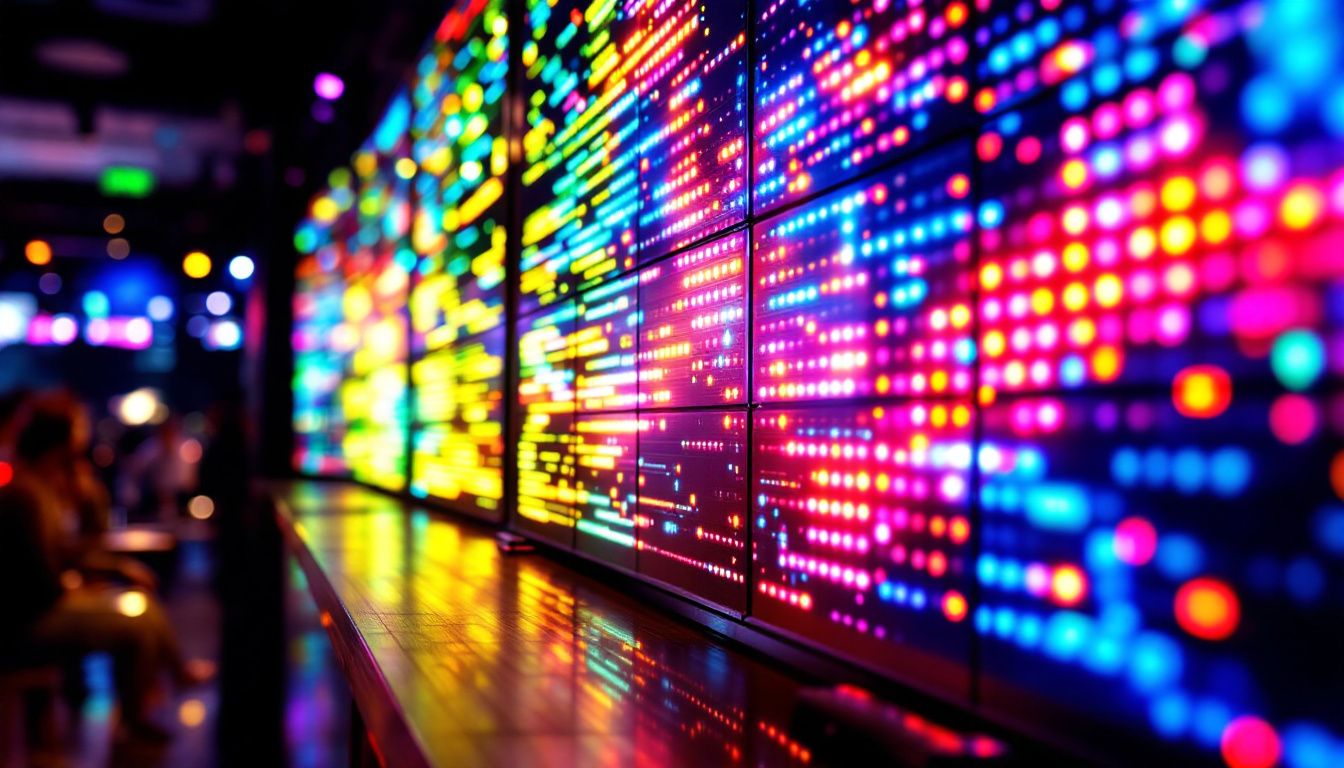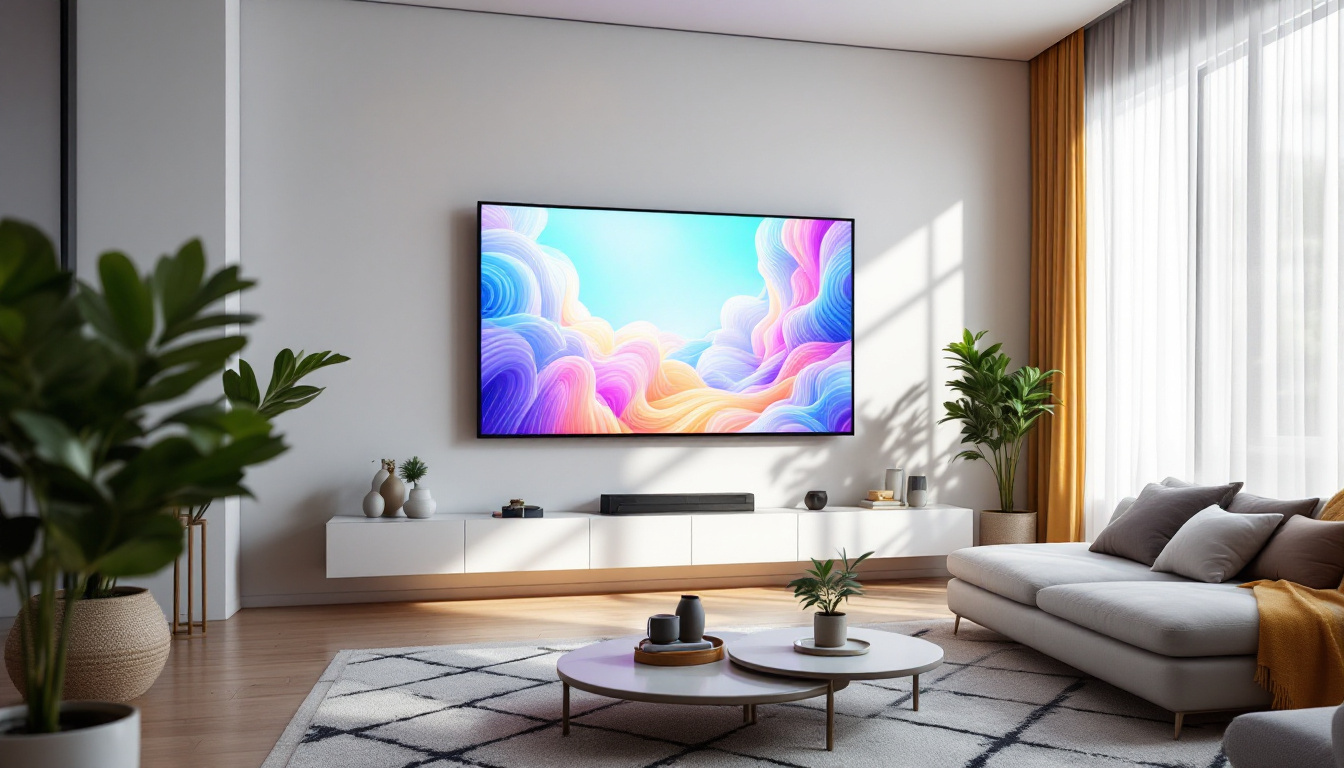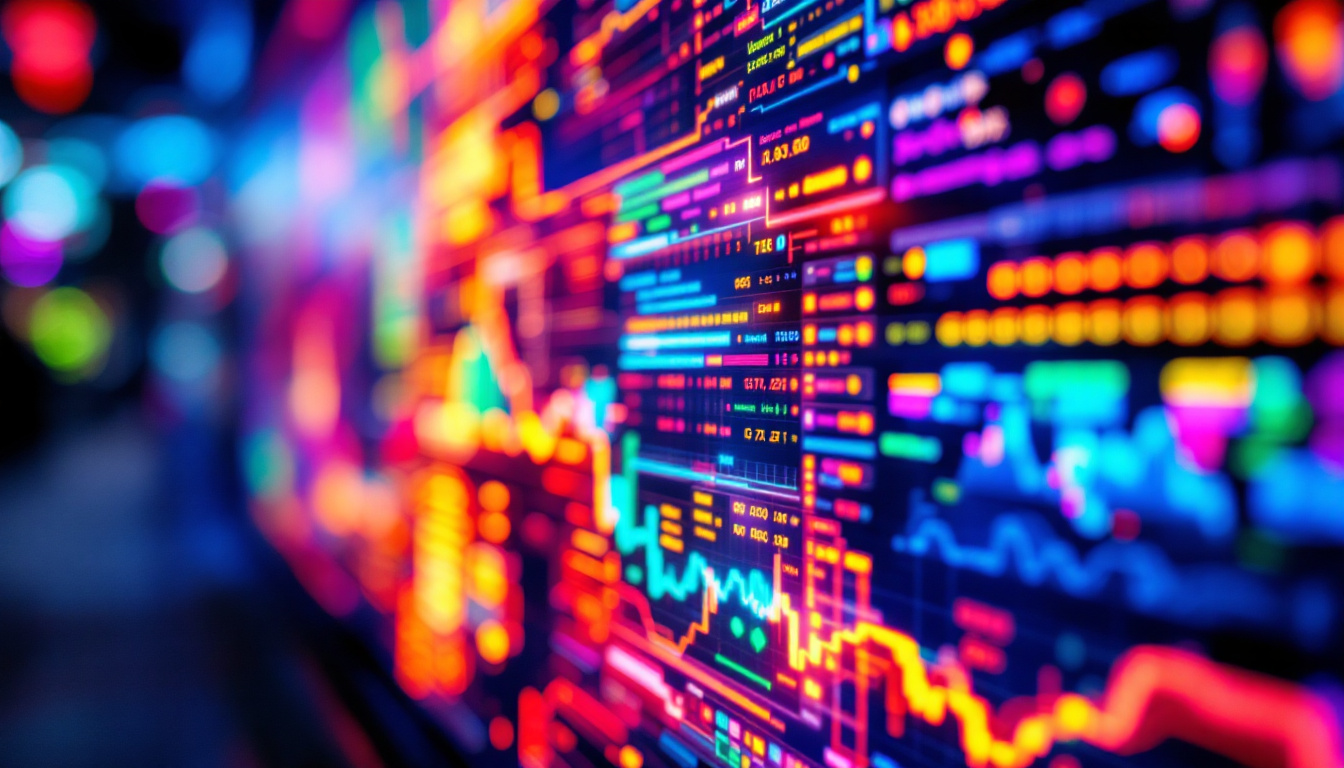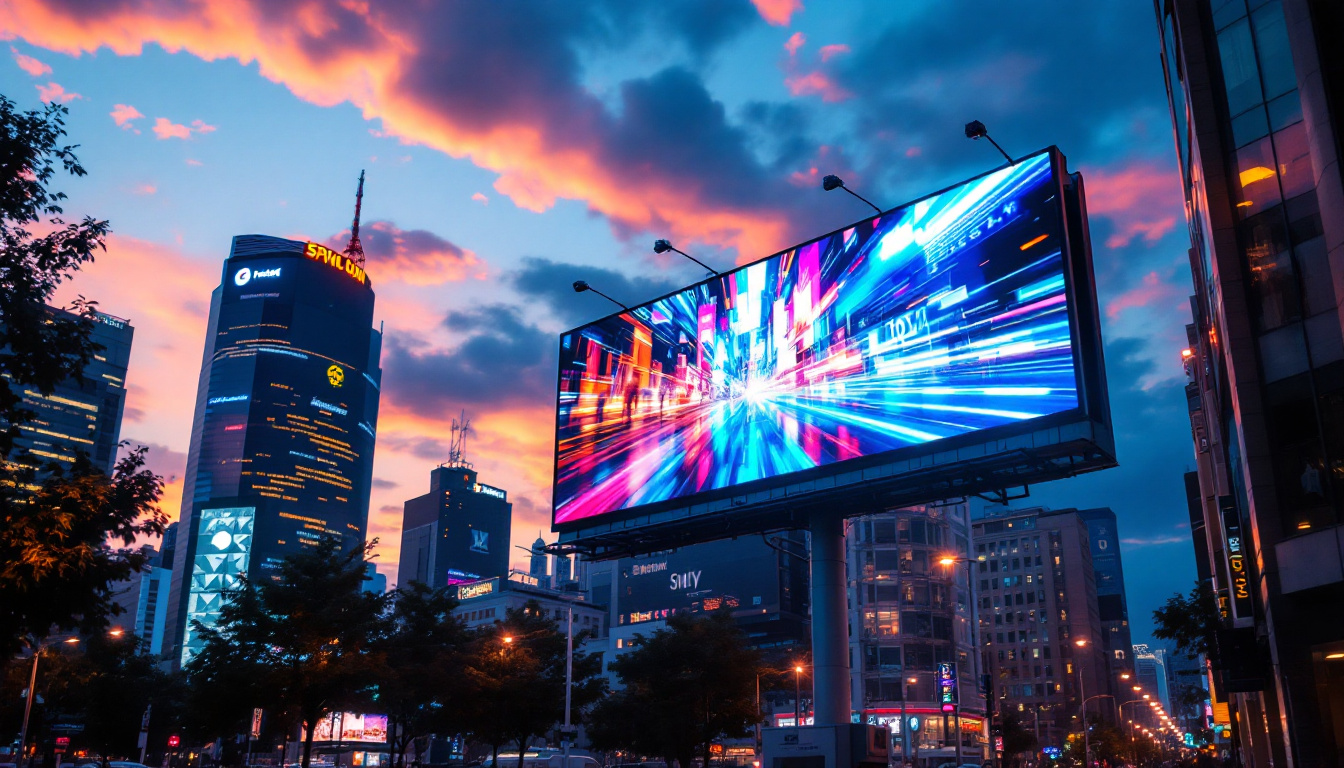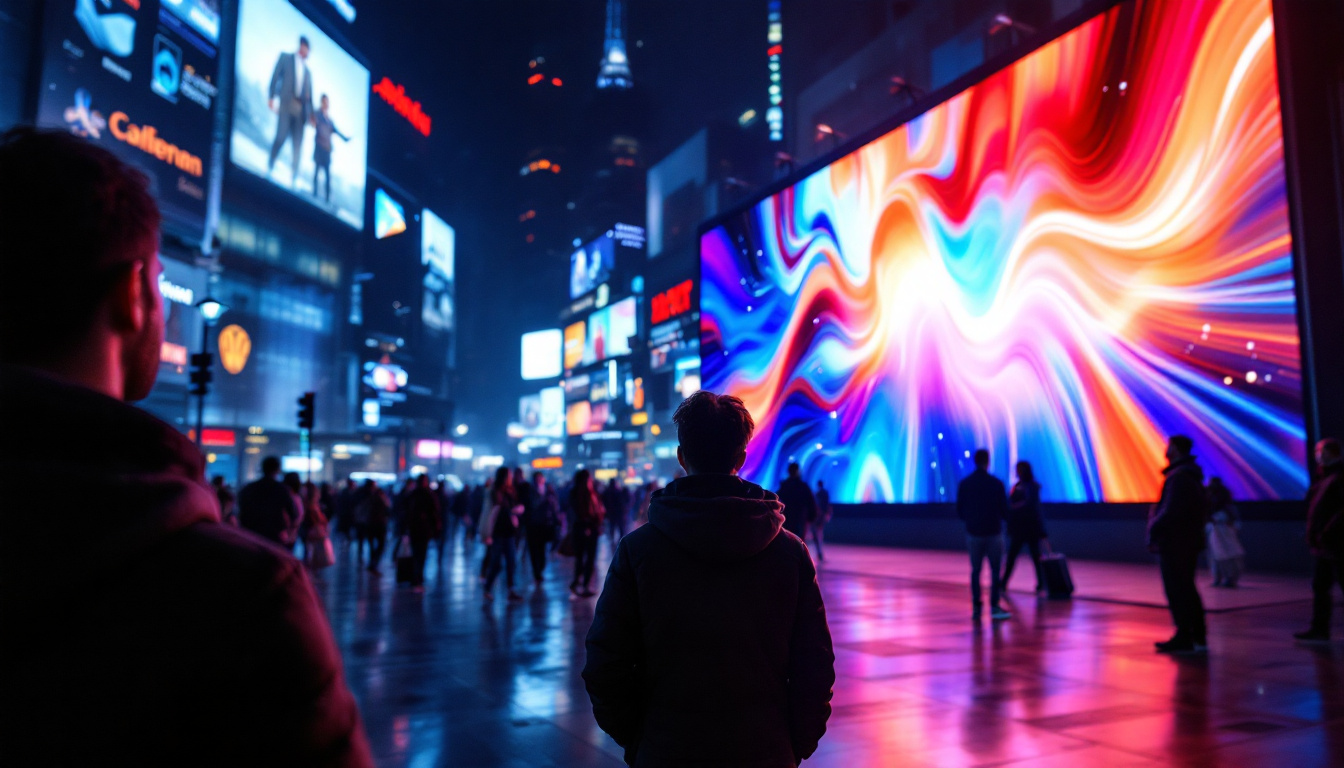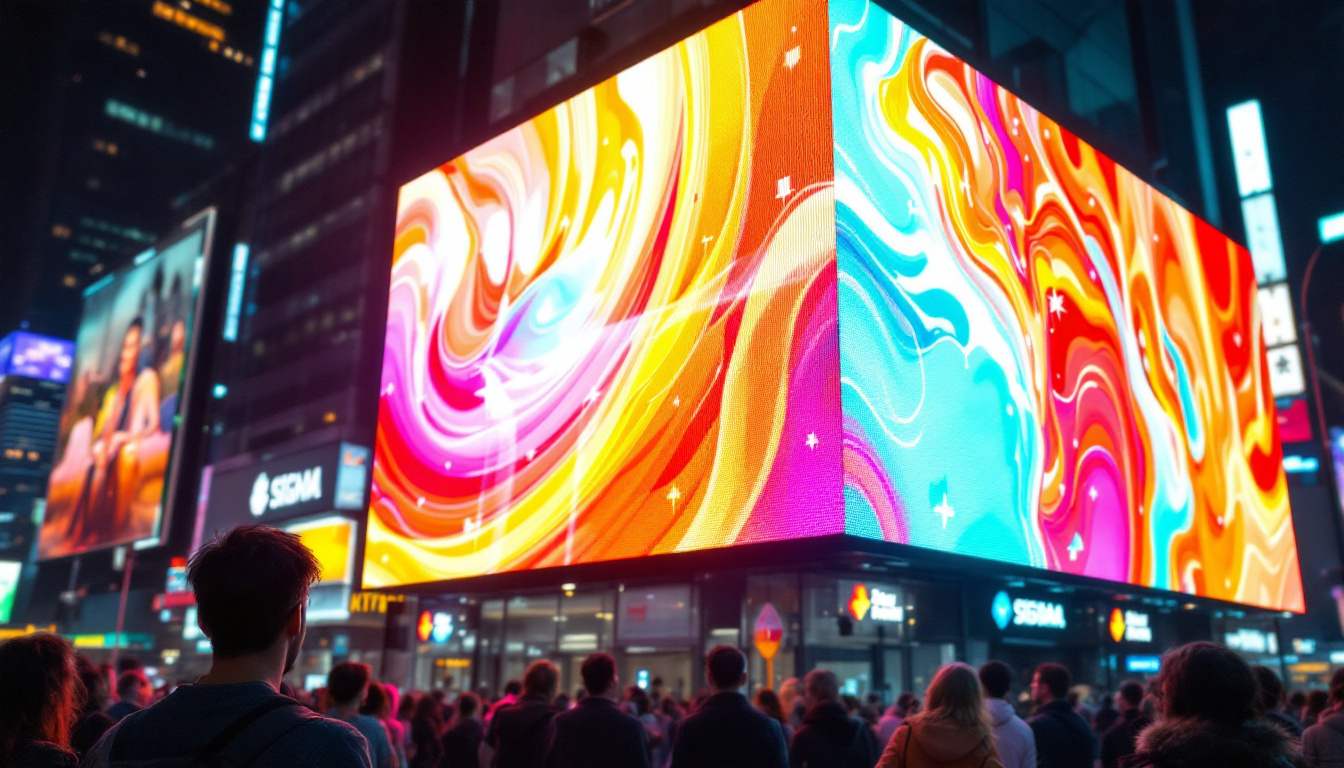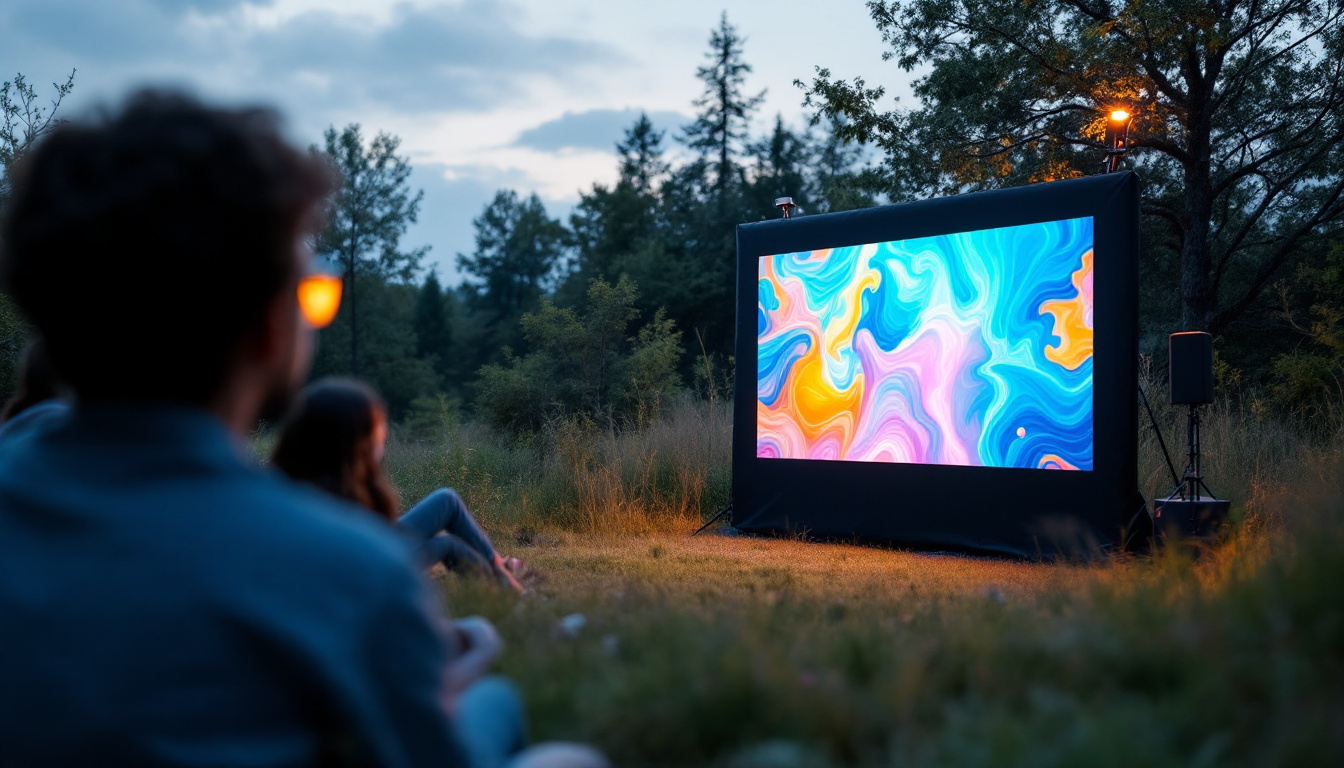In the modern world, LED displays have become ubiquitous. From advertising billboards to smartphones, they are an integral part of daily life. Understanding the technology behind LED displays can provide insights into their advantages, applications, and future trends. This article aims to delve into the intricacies of LED displays, exploring their components, functionality, and the various types available on the market.
What is an LED Display?
An LED (Light Emitting Diode) display is a flat panel display that uses LEDs as its light source. These displays are known for their vibrant colors, high brightness, and energy efficiency. Unlike traditional LCD screens that rely on backlighting, LED displays utilize individual diodes to produce light, allowing for greater control over brightness and color representation. This technology has revolutionized the way we experience visual content, from large outdoor billboards to high-definition televisions in our homes.
Components of LED Displays
Understanding the components of an LED display is crucial to grasping how they function. The primary components include:
- LEDs: The core element that emits light. Each pixel in an LED display is made up of multiple LEDs, typically red, green, and blue (RGB).
- Driver ICs: These integrated circuits control the brightness and color of each LED, ensuring accurate image reproduction.
- Control System: This system manages the input signals and processes the data to be displayed, coordinating the operation of the driver ICs.
Each of these components plays a vital role in the overall performance of the display. The quality of the LEDs, the efficiency of the driver ICs, and the sophistication of the control system all contribute to the display’s clarity, color accuracy, and responsiveness. Additionally, the physical structure of the display, including its pixel pitch and arrangement, can significantly influence the viewing experience, determining how close viewers can sit without noticing individual pixels.
How LED Displays Work
LED displays operate on a principle known as additive color mixing. By combining different intensities of red, green, and blue light, a full spectrum of colors can be created. Each pixel on an LED display is composed of these three colors, and by adjusting their brightness, a wide array of colors can be produced. This capability allows for stunning visuals that can capture the attention of audiences in various settings, from concert stages to sports arenas.
The images displayed on an LED screen are made up of thousands, if not millions, of these tiny pixels. When a signal is sent from the control system, the driver ICs activate the appropriate LEDs, creating the desired image. The rapid switching of these LEDs allows for smooth motion and dynamic visuals, making LED displays ideal for video content. Furthermore, advancements in technology have led to the development of various types of LED displays, including OLEDs (Organic Light Emitting Diodes) and MicroLEDs, which offer even greater contrast ratios and flexibility in design, paving the way for innovative applications in both consumer electronics and professional installations.
Types of LED Displays
LED displays come in various types, each designed for specific applications. Understanding these types can help in selecting the right display for a particular use case.
Direct View LED Displays
Direct View LED displays are made up of individual LED modules that are combined to form a larger screen. These displays are commonly used for outdoor advertising and large-scale events due to their brightness and visibility in various lighting conditions.
One of the key advantages of direct view LED displays is their ability to deliver high-quality images at large sizes. They can be easily scaled to fit different dimensions, making them versatile for various applications. Additionally, they are known for their durability and resistance to environmental factors, which is essential for outdoor use. Their modular design allows for easy maintenance and replacement of individual components, ensuring that the display remains operational with minimal downtime. Furthermore, the technology behind direct view LED displays has evolved to include features like high refresh rates and low latency, which are crucial for applications such as live sports broadcasting and concerts, where real-time visuals are paramount.
LED-backlit LCD Displays
LED-backlit LCD displays utilize LED technology to illuminate an LCD panel. In this configuration, the LEDs serve as a backlight, enhancing the brightness and color accuracy of the LCD screen. These displays are commonly found in televisions, computer monitors, and mobile devices.
While LED-backlit LCDs offer improved performance over traditional LCDs, they do not achieve the same level of color vibrancy and contrast as direct view LED displays. However, they are more cost-effective and can provide excellent image quality for everyday use. The advancements in LED-backlit technology have also led to the development of edge-lit and full-array backlighting options, which can further enhance the viewing experience by providing more uniform brightness and improved contrast ratios. Additionally, many modern LED-backlit LCD displays come equipped with features like HDR (High Dynamic Range) support, which allows for a broader range of colors and better detail in both bright and dark scenes, making them suitable for a variety of multimedia applications.
Organic LED (OLED) Displays
Organic LED displays represent a significant advancement in display technology. Unlike traditional LEDs, which use inorganic materials, OLEDs utilize organic compounds that emit light when an electric current is applied. This allows for thinner and more flexible displays, making them ideal for smartphones and high-end televisions.
One of the standout features of OLED displays is their ability to achieve true black levels. Since each pixel emits its own light, OLED screens can turn off individual pixels completely, resulting in stunning contrast ratios. This characteristic makes OLED displays particularly appealing for applications that require high visual fidelity. Additionally, OLED technology allows for wider viewing angles, ensuring that colors remain consistent and vibrant from different perspectives. The flexibility of OLED panels has also paved the way for innovative designs, such as curved and foldable screens, which enhance user engagement and create immersive experiences. As OLED technology continues to advance, we can expect further improvements in energy efficiency and longevity, making them an increasingly popular choice in both consumer electronics and professional display solutions.
Advantages of LED Displays
LED displays offer numerous advantages over traditional display technologies, making them a popular choice in various industries.
Energy Efficiency
One of the most significant benefits of LED displays is their energy efficiency. LEDs consume less power compared to traditional incandescent or fluorescent lighting, leading to lower energy costs. This efficiency is particularly beneficial for large installations, such as outdoor billboards or large venue displays, where energy consumption can be substantial.
Longevity and Durability
LED displays are known for their longevity. With a lifespan that can exceed 100,000 hours, they outlast many other display technologies. This durability is complemented by their resistance to shock and vibration, making them suitable for a wide range of environments, including outdoor settings.
High Brightness and Color Quality
LED displays are capable of achieving high brightness levels, making them ideal for environments with significant ambient light. Their color accuracy and vibrancy also surpass many traditional display technologies, providing a more engaging visual experience.
Applications of LED Displays
The versatility of LED displays allows them to be utilized in various applications across different industries.
Advertising and Marketing
One of the most prominent uses of LED displays is in advertising. digital billboards and signage leverage the brightness and clarity of LED technology to capture the attention of passersby. These displays can be updated in real-time, allowing advertisers to change messages and promotions quickly.
Furthermore, the dynamic nature of LED displays enables creative advertising techniques, such as animations and video content, which can enhance engagement and drive consumer interest.
Entertainment and Events
LED displays play a crucial role in the entertainment industry, particularly in concerts, sporting events, and exhibitions. Large LED screens are often used to display live feeds, graphics, and advertisements, enhancing the overall experience for attendees.
In addition to large venues, LED technology is also prevalent in home entertainment systems, with many modern televisions utilizing LED or OLED technology to deliver stunning visuals.
Information and Transportation
LED displays are widely used in transportation systems, including airports, train stations, and bus terminals. They provide real-time information about schedules, arrivals, and departures, ensuring passengers are well-informed. The clarity and visibility of LED displays make them ideal for conveying important information in busy environments.
Future Trends in LED Display Technology
The LED display industry continues to evolve, with several trends shaping its future.
Advancements in Resolution
As technology progresses, the demand for higher resolution displays is increasing. Innovations such as microLED technology promise to deliver even finer pixel densities, resulting in sharper images and improved color accuracy. This trend is likely to enhance the viewing experience across various applications, from consumer electronics to large-scale advertising.
Integration with Smart Technology
The integration of LED displays with smart technology is another trend gaining traction. Displays that can connect to the internet and interact with other devices are becoming more common. This connectivity allows for features such as remote content management, real-time data display, and enhanced user interactivity.
Sustainability Initiatives
As environmental concerns grow, the LED display industry is also focusing on sustainability. Manufacturers are exploring ways to reduce energy consumption, utilize recyclable materials, and create displays with longer lifespans. These initiatives not only benefit the environment but also align with consumer preferences for eco-friendly products.
Conclusion
LED displays have revolutionized the way information is presented and consumed. Their vibrant colors, energy efficiency, and versatility make them a preferred choice across various industries. As technology continues to advance, the future of LED displays looks promising, with innovations that will enhance their performance and applications. Understanding the fundamentals of LED displays not only highlights their significance in modern society but also opens the door to exploring new possibilities in visual technology.
Discover LumenMatrix’s Innovative LED Solutions
As you’ve seen, LED displays are at the forefront of visual technology, transforming the way we engage with media. If you’re inspired to elevate your visual communication, look no further than LumenMatrix. With our comprehensive range of LED display solutions, from Indoor and Outdoor LED Wall Displays to specialized options like Vehicle LED Displays and LED Sports Displays, we are committed to enhancing your brand’s presence. Experience the future of vibrant, energy-efficient, and versatile displays with LumenMatrix. Check out LumenMatrix LED Display Solutions today and step into a world of unparalleled visual clarity and impact.

